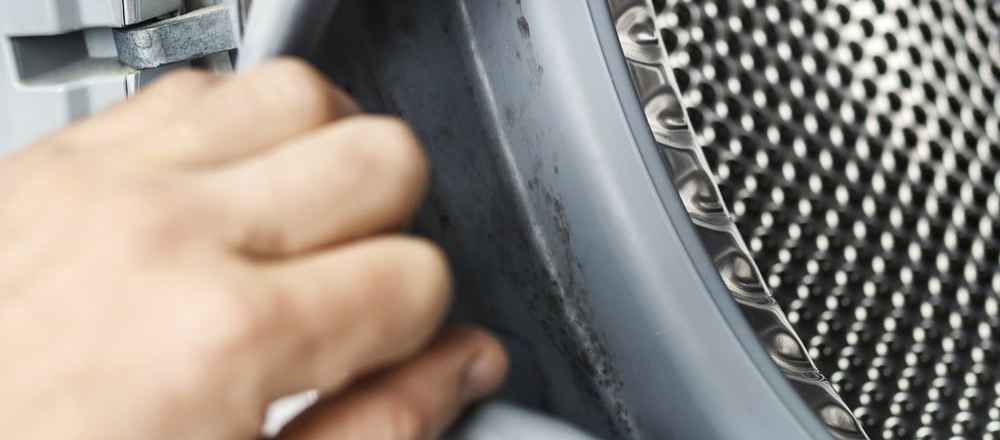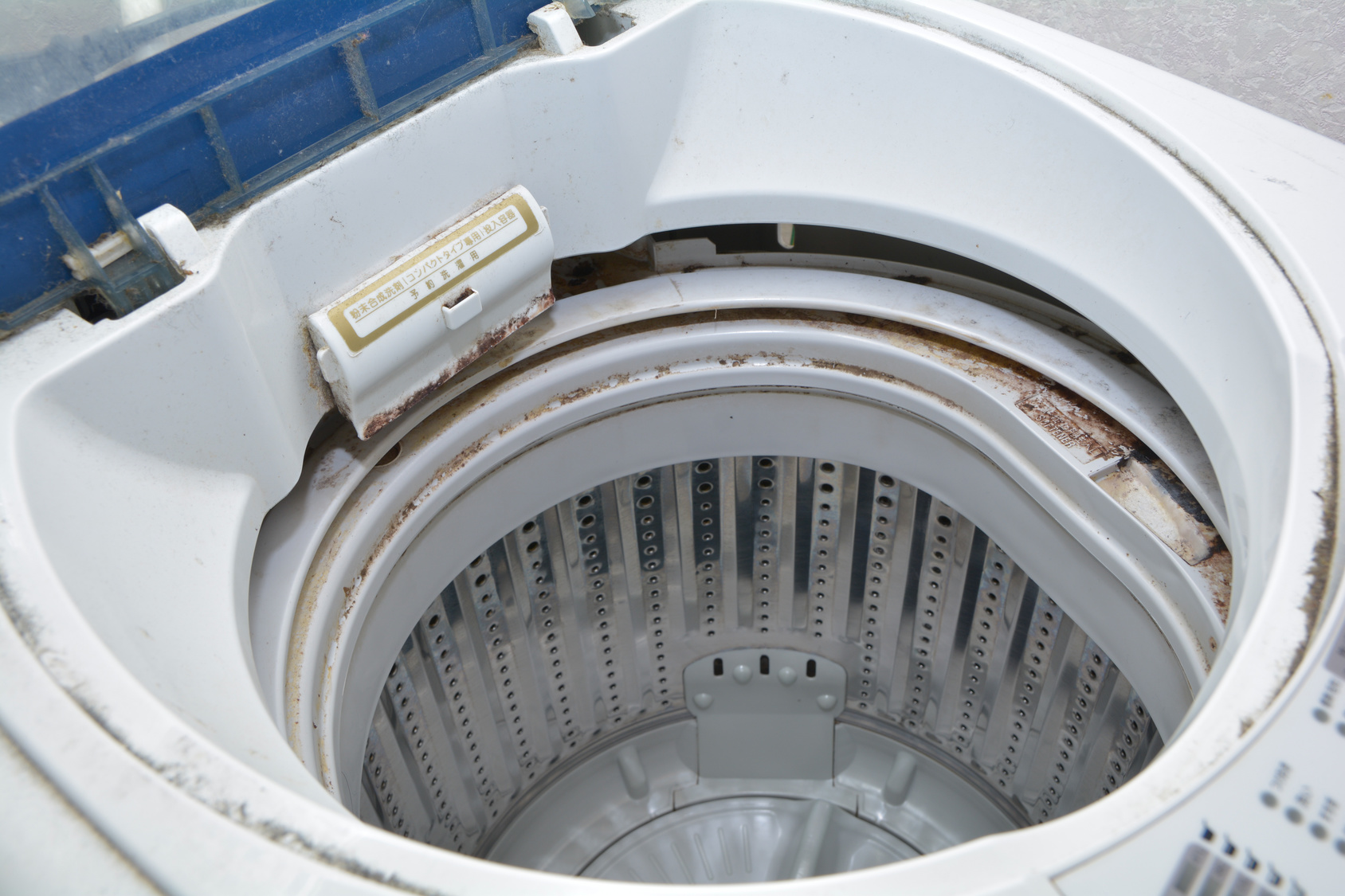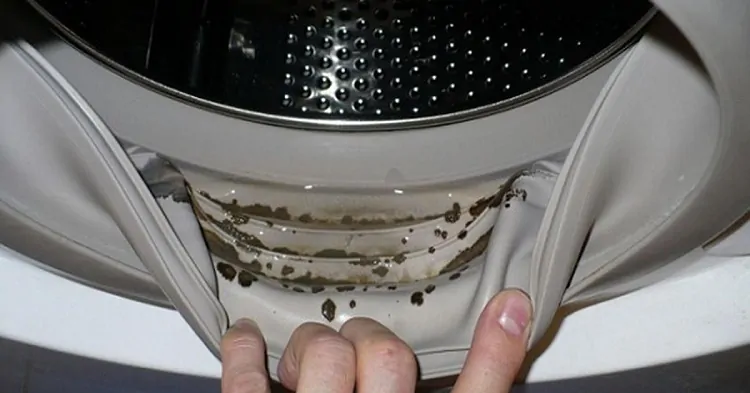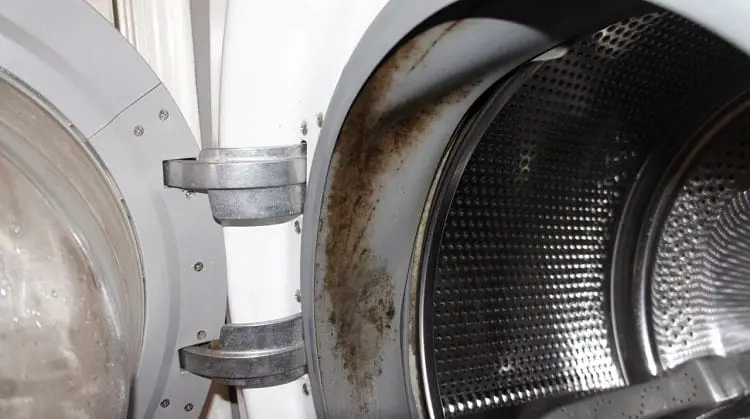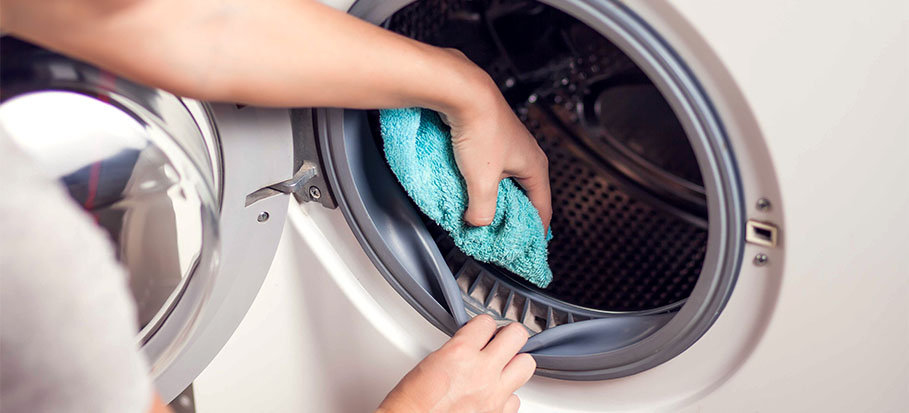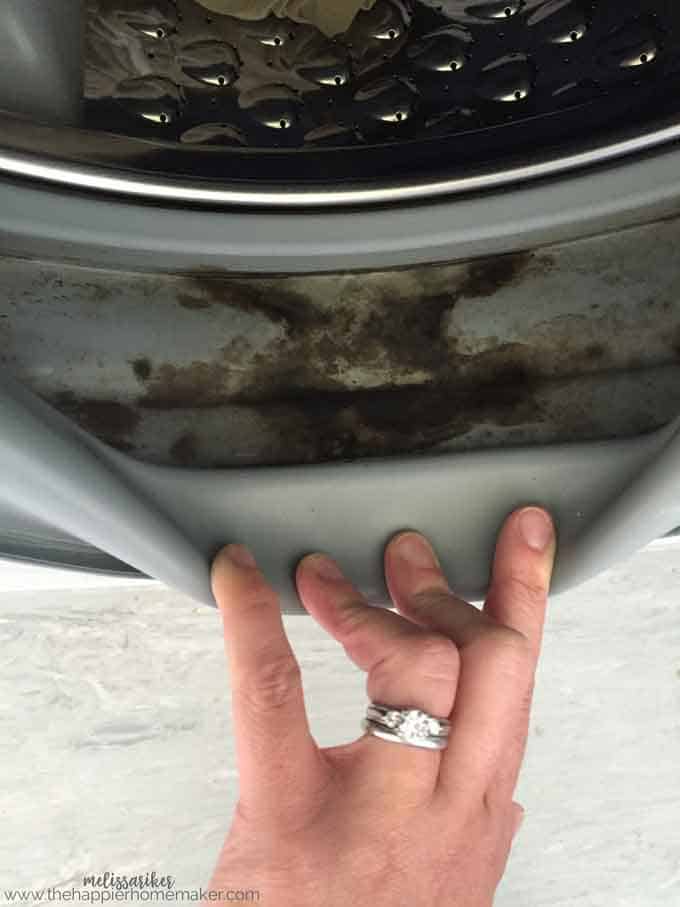
Run a wash cycle using the hottest water setting to get rid of mold and mildew and to dissolve mineral deposits.
Mould in washing machine drum. Make sure your laundry is well ventilated. The front-loading design of most UK washing machines is so leak-proof that it doesnt dry out as quickly or easily compared to a top-loading machine and therefore becomes a bit of a breeding ground for moisture-loving mould. Gunk found in washing machines can either be attributed to laundry detergent residue and fabric softener which when combined create a waxy buildup otherwise known as scrud.
Just like any mold mold in the washing machine can make you sick. Use vinegar instead of fabric softener. Sarah Bowsher wrote.
Also debris and lint can get imbedded in the little holes in the drum of the machine. 1-part vinegar and 4 parts water. This creates a drier environment that is not so conducive for the growth of mildew.
Add 2 cups of white vinegar directly into the wash drum. Allow to air dry. Finally since mold in the washing machine can spread its spores into the fabric of your clothes you may.
Running a dryer in winter can make for warm and damp conditions perfect for mould. In this blog post we will discuss upon with some of the important details of the cleaning of washing machine drum. China Premium Custom Plastic Washing Machine Drum Mould Find details about China Washing Machine Drum Mould Washing Machine Drum Mold from Premium Custom Plastic Washing Machine Drum Mould - Taizhou City Huangyan Beiwei Mould Industry Co Ltd.
Once you have completely removed the mold from the rubber seal you have to purify the drum and hose present in the washing machine as there may be some mold residue left. The moisture contained within them will enhance the possibility for mould or mildew to form within the machine drum and seal. Hydrogen peroxide and lemon juice are effective cleaners that combat mould and inhibit its growth.

